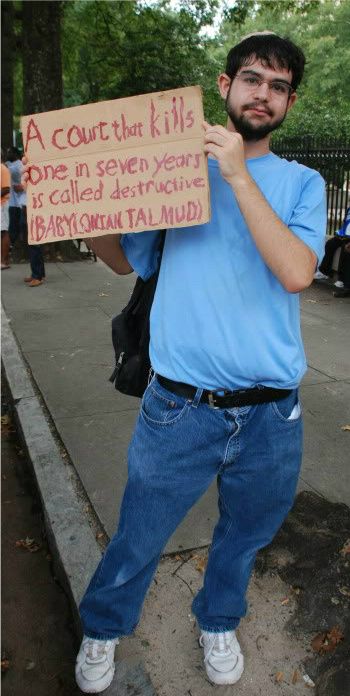The Obama campaign is not spending more than minimal resources in Alabama.
This makes sense, as Alabama has some of the most conservative (if not outright racist, and it has a good number of those) whites in the country, and though it was Jimmy Carter's 9th best state in 1980 (after Minnesota, Georgia, Tennessee, Arkansas, Massachusetts, Rhode Island, Maryland and West Virginia), Democrats seem to have been doing relatively worse and worse there each year.
1984: Mondale's 27th best state (lost by a little over 22 points)
1988: Dukakis' 35th best state (lost by just under 20 points)
1992: Clinton's 42nd best state
1996: Clinton's 43rd best state
While Gore did slightly better relatively
2004:Kerry did not; it was his 44th best state, doing worse only in Alaska, North Dakota, Oklahoma, Nebraska, Utah and Idaho.
It'll possibly be even worse for Obama, as he's actively contesting Alaska, North Dakota, and Nebraska's 2nd district (since Nebraska splits by electoral vote) [granted, Obama may do worse in Kentucky/WV/TN that in Alabama)
In particular (especially where Obama is concerned), it is the least heavily African-American of the 5 Deep South states (SC, GA, AL, MS, LA), only a little over a quarter black (the others range from nearly 30% black to 3/8 black in the case of Mississippi)
However, there are two competitive House races in which Democratic victory will depend heavily on African-American turnout. Both are located in Southeast Alabama.
While AL-3 (designed by the Democratic state government to elect a Democrat, but electing Mike Rogers instead of Joe Turnham in 2002) has shown, if anything, smaller gains than the state,
However, the open AL-2 seat has shown bigger gains (at least up 0.30%, possibly more or a small bit less depending on the way Montgomery County's gains divide up), which will be helpful in Bobby Bright's quest to pick up the open seat.
This seat went Republican in the 1964 anti-Civil Rights Act backlash. The last time this area was represented in Congress by a Democrat, there was a grand total of 11 Republicans (William Cramer in St. Petersburg, Edward Gurney of East-Central Florida, Charles Jonas in Charlotte, James Broyhill in the Blue Ridge Foothills just west of Charlotte, the 2 always Republican East Tennessee districts as well as the slightly more swingy Chattanooga district, Bruce Alger of Dallas, Ed Foreman of very, very sparsely populated at the time West Texas, Joel Broyhill of Northern Virginia, and Richard Harding Poff of Shenandoah) in Congress from the 106 Congressmen representing the 11 former Confederate states
These days (admittedly with 25 more Congressional districts), there are 75 Republicans in Congress from these states out of a total of 131 members of Congress, down from 77 at the beginning of this session of Congress and an all-time high of 82 at the beginning of the 109th Congress; .
With any luck, we can get that number down below 70
Note: my data comes from the Alabama Secretary of State's Excel files of Voter Registration Data and Dave Leip's Election Atlas.
Wednesday, July 9, 2008
Black Registration Percentage Up 0.21% in Alabama from January
Labels:
African-Americans,
AL-2,
Alabama,
Bobby Bright,
voter registration

